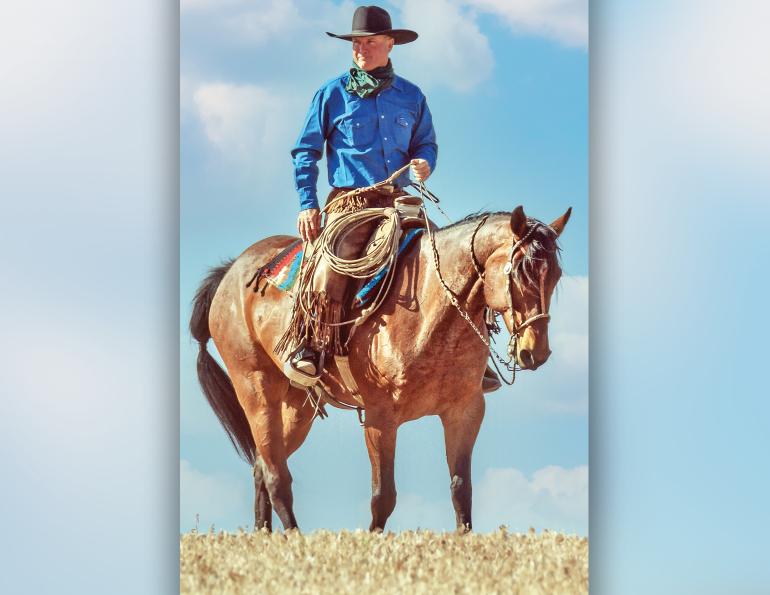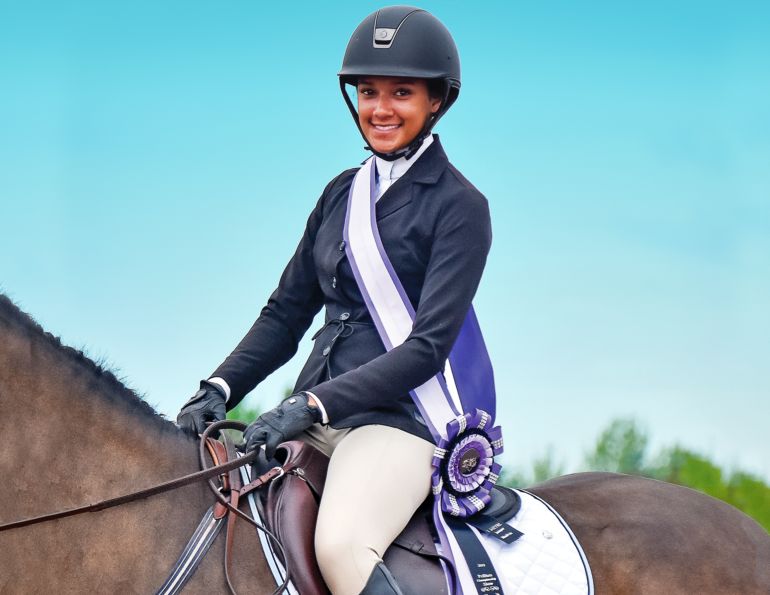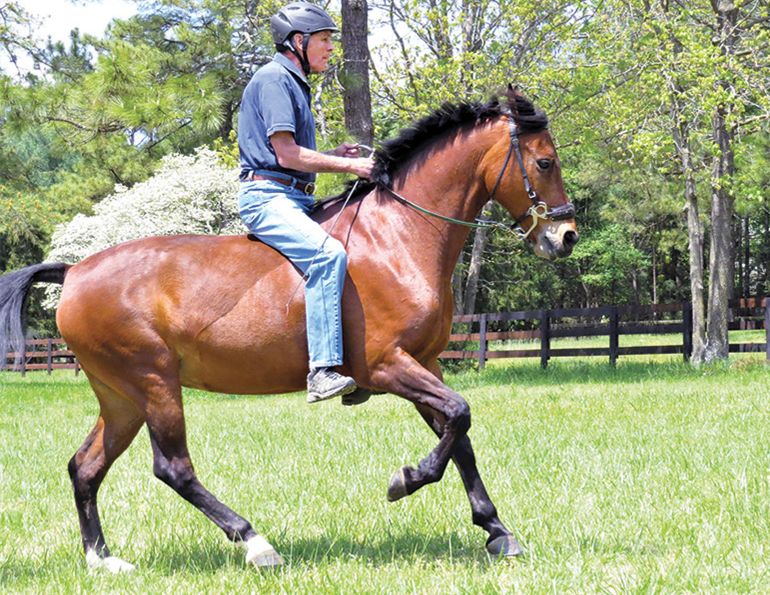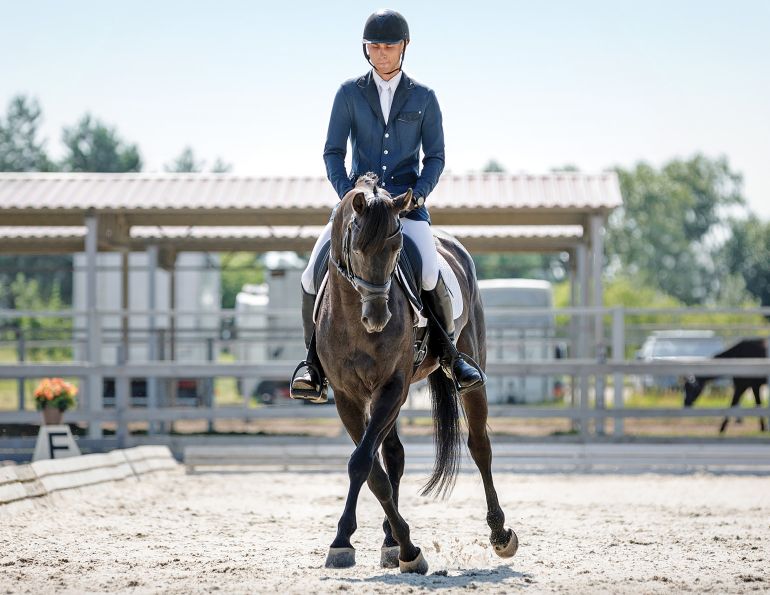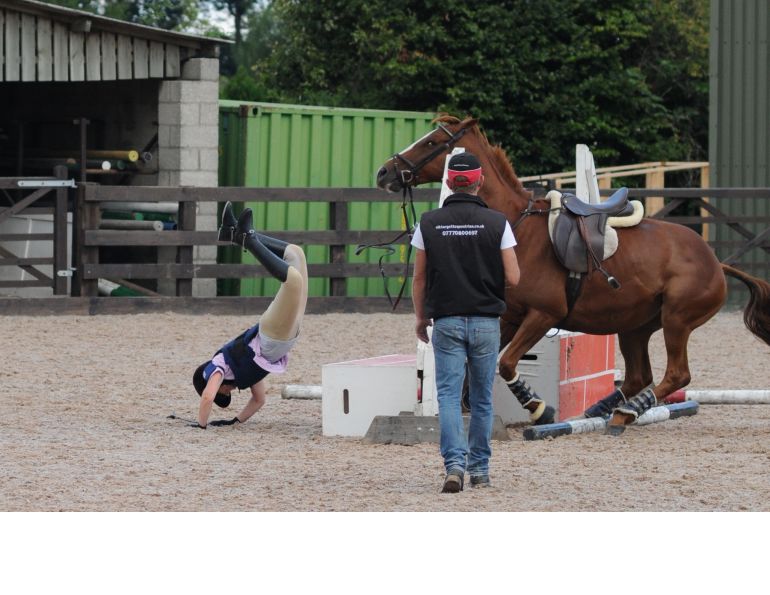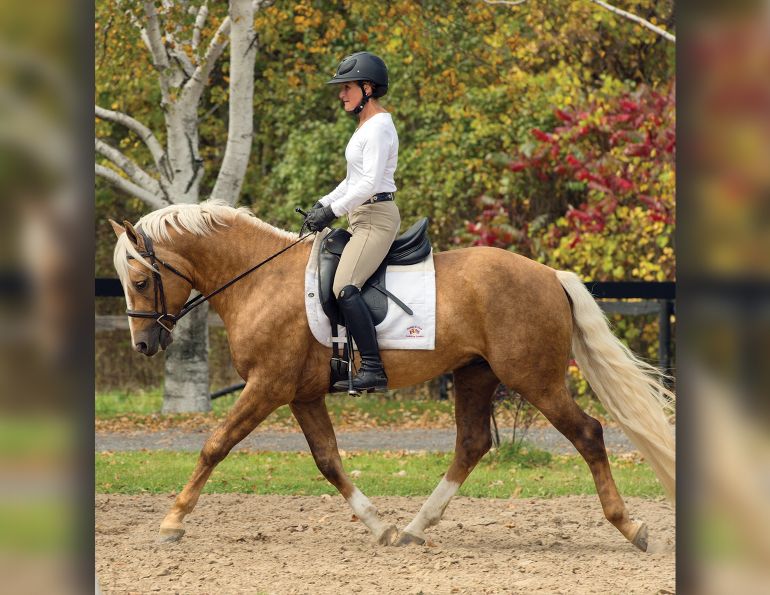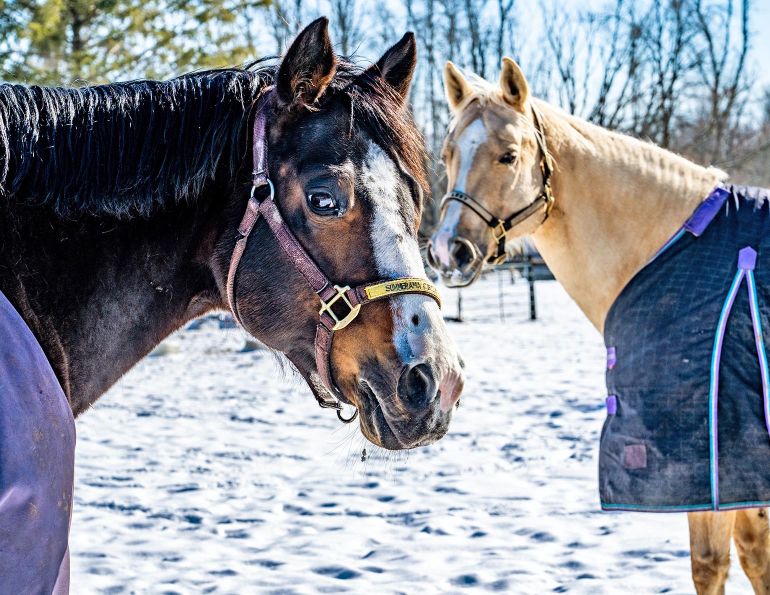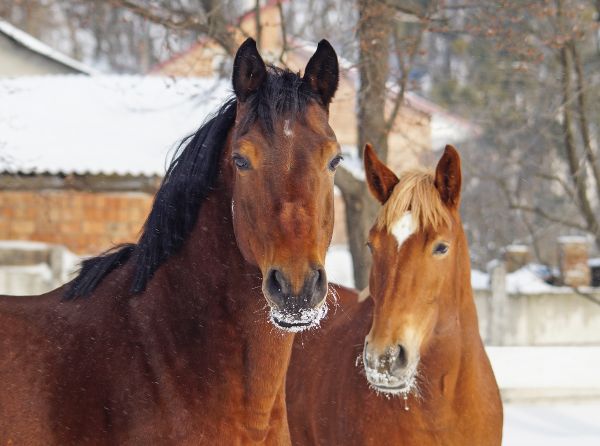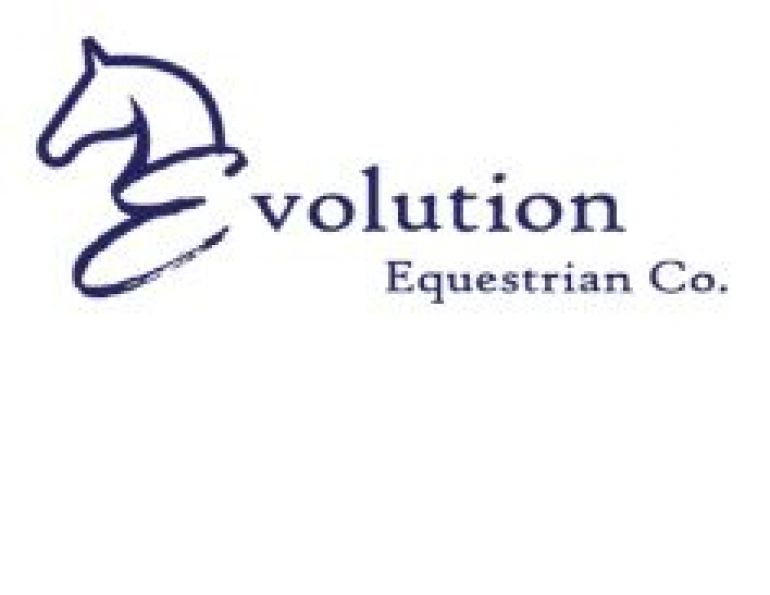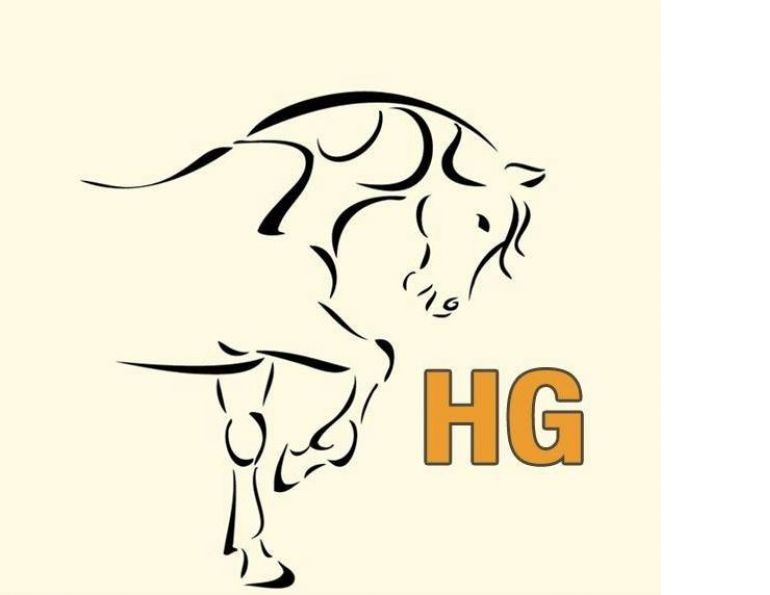By Tania Millen, BSc, MJ
Over five centuries ago, Spanish horsemen—known as vaqueros—arrived in North America, bringing with them a deep horsemanship legacy that continues to shape today’s Western riding culture. Their influence can be seen not only in commonly used words like “chaps” (derived from chaparreras) and “rodeo” (from rodear), but also in the foundational principles of horse training and stockmanship.
When Spanish horses and cattle were introduced to the region now known as Mexico in the early 1500s, the groundwork for cattle ranching and refined bridle horses was laid. Vaquero horses were skillfully developed working partners—responsive, agile, and deeply attuned to their riders. Producing such a horse was a slow, deliberate process that started with the hackamore (bosal), progressed to the two-rein stage (where a thin bosal is used alongside a spade bit, each with its own reins), and concluded when the horse was ready to be ridden “straight up in the bridle” using only a spade bit.
Related: Sam Steele’s Legend Rides On
Even today, some riders remain committed to the vaquero philosophy, choosing to bring their horses along using these classical methods. However, as modern ranch life evolves, this style of horsemanship has become less common. To better understand this time-honoured approach, I spoke with Martin Black, a fifth-generation rancher from Idaho. His family has spent nearly 150 years raising and training horses in the vaquero tradition. Black is widely respected for his horsemanship and is deeply committed to keeping the bridle horse legacy alive.
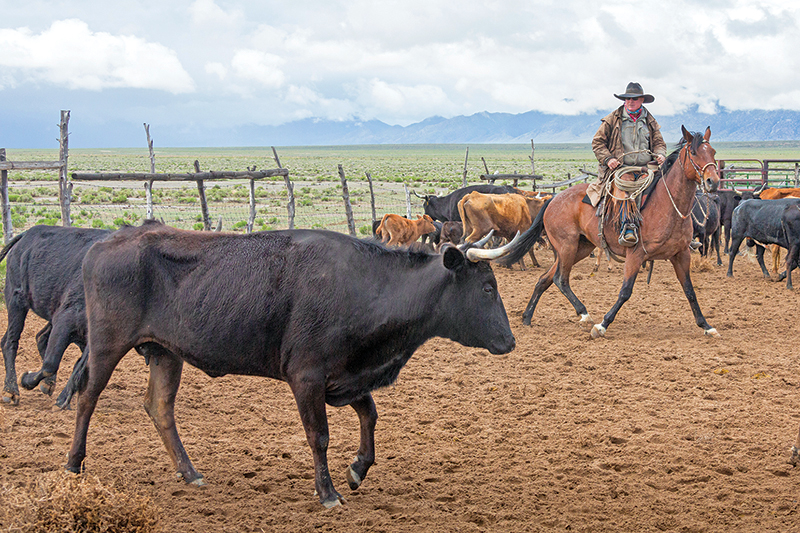
Martin Black’s well-trained bridle horse is tracking this cow on a loose rein with no leg cues, completing a complex maneuver on its own. Photo: Kim Stone Shinanatu Photography
“Basically, the bridle horse is an all-around stock horse,” he explains. “The ultimate goal was to have a good horse to work cattle on. What made the bridle horse ideal was you could have a rope in one hand and steer your horse with the other, and what everybody strived for was a horse you could ride without pulling on him.”
Black says that even today he starts all his horses in a hackamore. “Pretty much everything in my string I start in a hackamore, then go to the two rein (bridle), and then they go straight-up into the spade bit. The spade bit is a leverage bit but also a signal bit. We want [horses] to respond to the slightest movement of the mouthpiece.”
He says the bridle horse tradition “…came from the Moors of Africa over to Spain where they had a weapon in one hand and the reins in the other.” After arriving in Mexico, vaqueros and cattle-ranching spread north into the southern United States, and by the mid-1800s the vaquero style of riding, tack, hand-braided rawhide reatas [lariats], and ways of roping cattle was prevalent in what is now California. Subsequently, vaquero horsemanship spread northeast to Nevada, Oregon, and Idaho. “That [horsemanship] came with the cattle to the Great Basin and so my family being in the horse business …my great grandfather and uncles pretty much followed that tradition,” says Black.
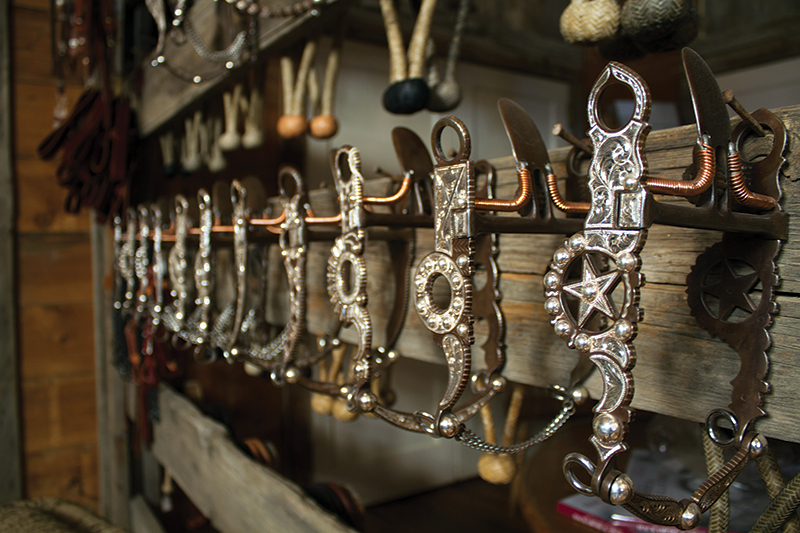
Finished bridle horses will be ridden using minimal cues in a spade bit like one of these. Photo: Kim Stone Shinanatu Photography
Black was introduced to California style vaquero horsemanship by his great uncle. “When I think of a bridle horse, it’s not what you see today in the show pen. When I was growing up, the goal was to make a good bridle horse, not go in a three-year-old futurity. You worked your young horses kind of like you send your kid to grade school, hoping that he’d eventually go to university and become a doctor, lawyer, or scientist. Today, I don’t spend much time riding the three-year-olds. I maybe ride the four-year-olds a bit more, but I’m really looking to the five- and six-year-olds to start blossoming, so they’re good six, seven, or eight-year-old horses.”
“It doesn’t take much to ask your six-year-old bridle horse to do something he’s never done,” he explains. “They learn to accept challenges. They don’t start shutting you out. The way a lot of people train horses, by the time they’re six or seven years old they’ve been through repetition training so much it’s pretty hard to present a different idea to them as they’re pretty much closed-minded. [When} training through repetition you’re doing it over and over again until the horse sort of learns to follow the maze, but there’s not that much decision-making or thinking on the horse’s part. You just keep practicing whatever the maneuver is until the horse gets to whatever level the rider is satisfied with. [Training the bridle horse] is a whole different way of training horses.”
Related: Roping 101: Cowboy School
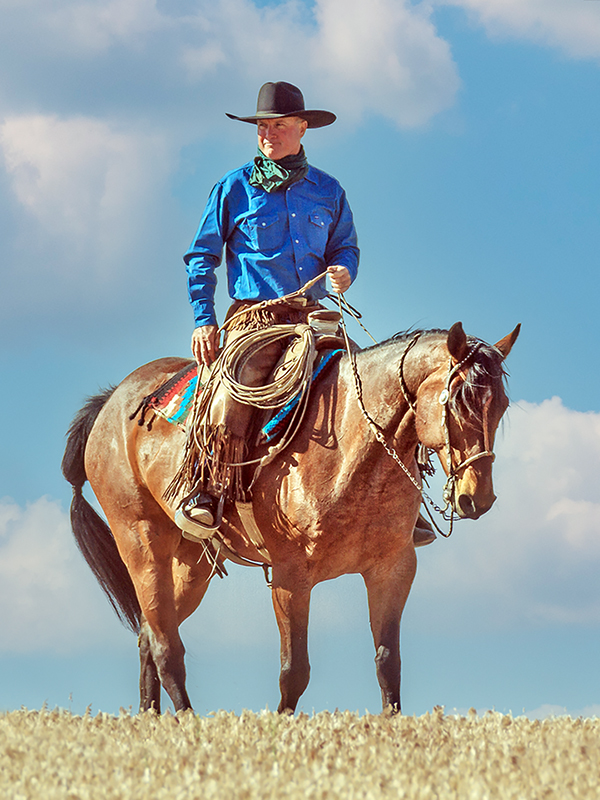
Above: Martin Black is passionate about preserving the bridle horse traditions. His family has been raising and training horses in the vaquero tradition for almost 150 years as these fascinating family photos chronicle. Photo: Kim Stone Shinanatu Photography
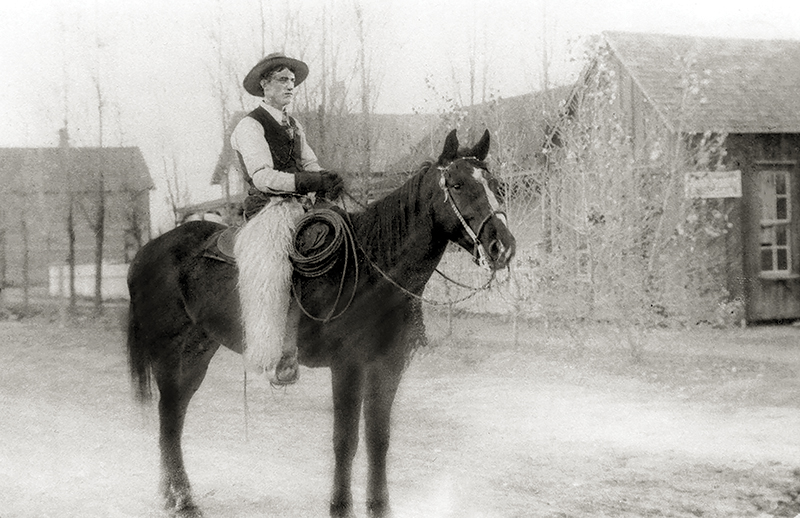
Above: Joe Black (great grandfather) using a silver spade bit, rawhide reata, and woolly chaps, 1900.
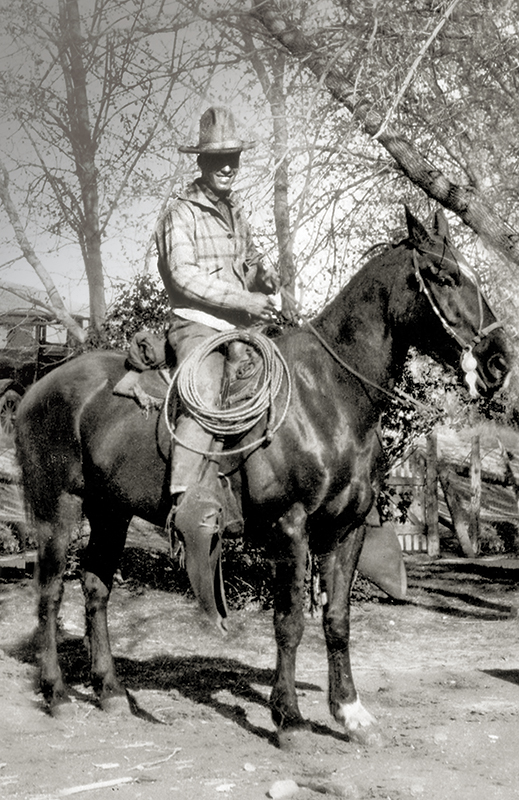
Above: Albert Black (grandfather) riding in a spade bit, rawhide reata, and long tapaderos, 1926.
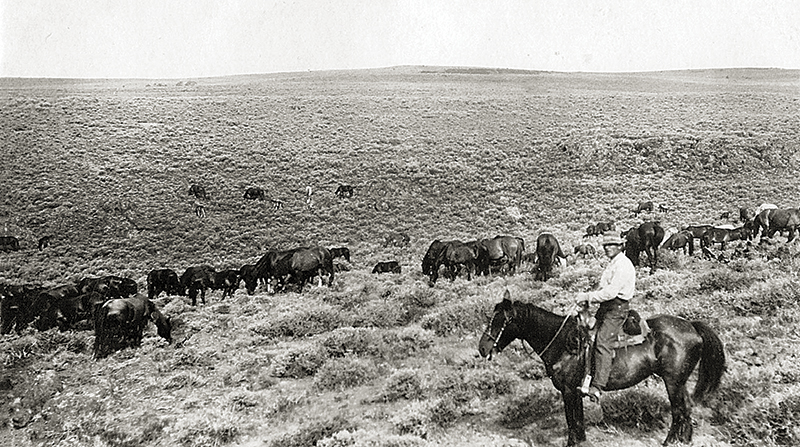
Above: Albert Harley (great-great uncle) herding range horses in a spade bit, 1890.
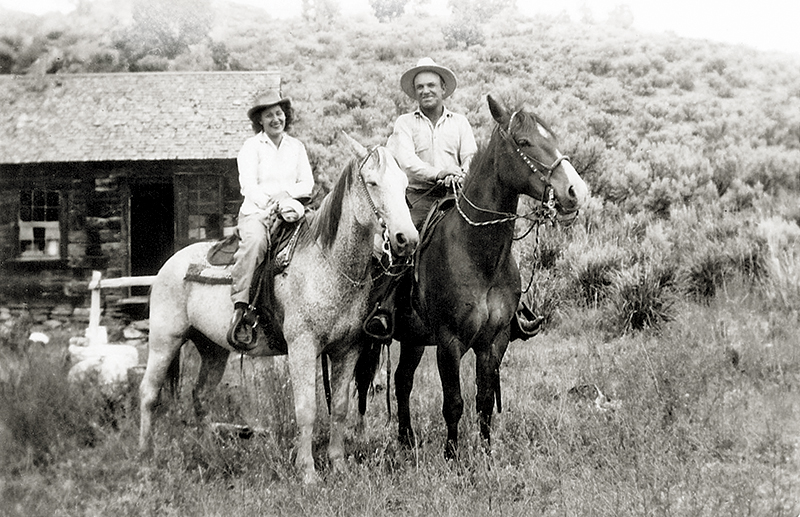
Above: Paul and Mattie Black (great uncle and aunt) using a spade bit with bosal or two rein (right), and straight up bridle (left), 1950.
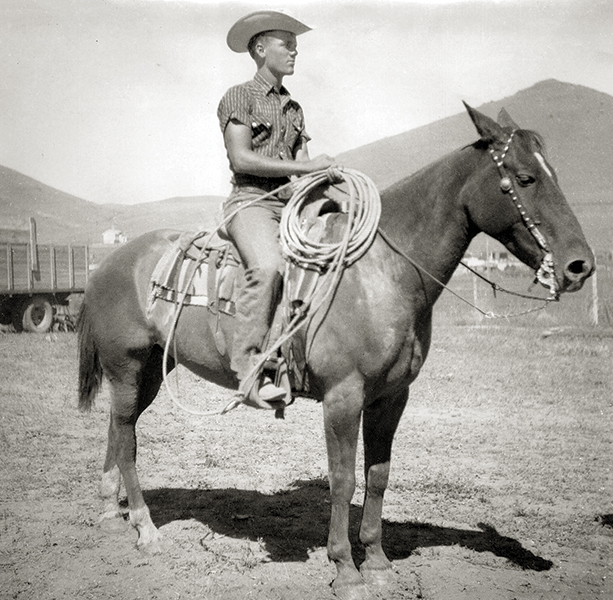
Above: Doug Black (uncle) competition roping in a spade bit, 1958.
It’s this unique training style that tends to attract non-cowboy riders to the bridle horse tradition, too.
Stefanie Travers is a British Columbia-based self-described philosopher of the horse who has been training her horses the bridle horse way for the past 12 years. She says, “A quote that summarizes what the bridle horse thing means to me is: What I do is not a sport, it’s an art — and in the horse world, that’s a pretty big distinction. Not a lot of people think of it that way, but I absolutely do. To me, it’s art.”

Photo: Kimberly Taylor
Travers explains that one of the big differences of bridle horse training is the lack of a timeline.
“Our horse world is so steeped in three-day colt starts and 90-day training where one day the horse is a baby, the next day it goes to school, and the third day it’s going to work. A lot of the horse world just thinks that’s how it is. And it’s not. But that’s the standard. So, the glaring difference to me [between bridle horse training and other styles] is that most of the California-style riders say: Who cares? There’s always tomorrow. It’s the horse that matters.”
She explains that historically, the vaqueros of California, “… would sit up there on those hills watching their cows get fat and they’d fiddle fart around with their horses. They’d pick up a soft feel and they’d figure out how the horse could best carry them, and they just had the time to make it an art.”
Related: Saddlery - Old Profession, New Innovations
Although the nuances of bridle horse training may be interpreted differently depending on a riders’ beliefs, Travers says that all bridle horsemen allow their horse’s full abilities to shine, yet still maintain a relationship with their horse.
“The bridle horse tradition is the art of developing a horse to be the very best that it can be as a stock horse. This is a live creature. They’re not a program. The horse dictates the training timeline. They speak a completely different language and we’re trying to work together.”
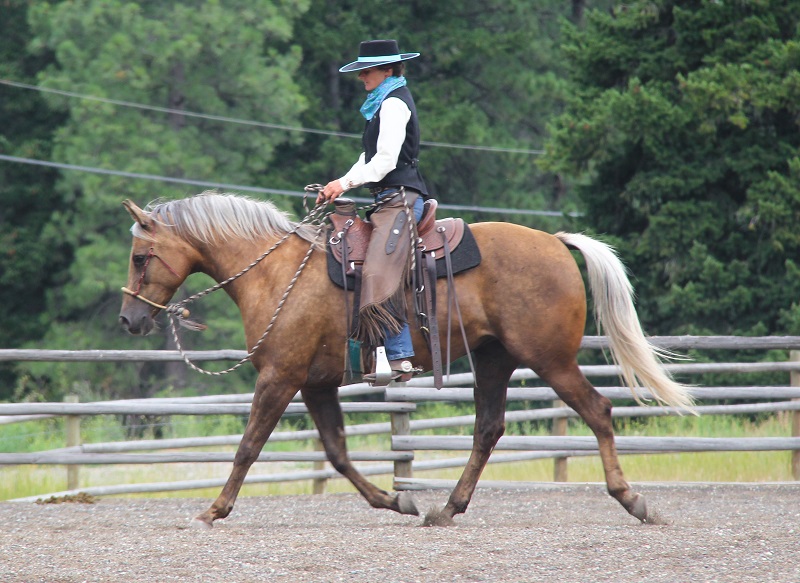
Stefanie Travers riding in a hackamore. Photo: Danielle Wegelin
“Everything is based on staying in the centre of the horse,” she explains. “There are no wide hands, no low hands, everything is very centrally body-oriented, for both the horse and human. I almost think that the horse is a horizontal creature and we are a vertical creature, and we sit in their epicentre. So to me, developing a bridle horse is about how we find our centres together, and how I present myself in a way that the horse wants to be with me and remain with me, and how we travel through space together. That’s a bizarre interpretation of what a bridle horse is from a working cow horse standpoint, but I think the really good horsemen — if they were pushed to explain what a bridle horse is — would say they need to know where the centre of their horse is.”
But the training methods, values, and horsemanship are just part of the bridle horse tradition. The tack plays a big part, too. “One of the things I’ve learned is how brilliant the equipment is,” says Travers. “This stuff came from working cowboys, who would build their gear at night to the best of their ability.”
As one of those working cowboys, Black says that when he was growing up, he and his uncles and friends would sit around in the evenings trying to make better gear, then try it out on their horses, and if it wasn’t quite right, try again. Now, most of the equipment is created by artisans — silver makers, mecate traders, and rawhide braiders.
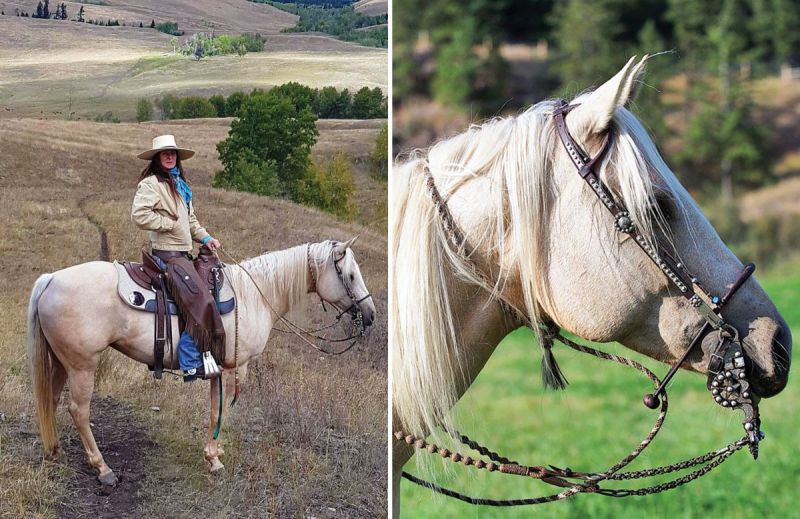
“One of the things I’ve learned is how brilliant the equipment is,” says Stefanie Travers, who explains that working cowboys used to build their gear at night, always aiming to improve it. Photo (left): Wojtek Kwiatkowski Equine Photography; Photo (right): Vicki Travers
“The good horsemen understood how mane hair that is spun into a rein and lies in the place where that material grew, is profound — mane hair [of the mecate] is lying where mane hair should be,” explains Travers. “And how the number of plaits in your rawhide [on the nose of the bosal] or strands in the mecate [reins] can communicate more or less subtly, or with more feel or clarity. All those horsehair strands and rawhide braids are like fibre optics between your hands and the horse’s mouth.
“The gear is able to translate the communication lines but the biggest tool we have is our body. It outweighs our saddle. So, learning how to use our body and energy, our breath, presence, and awareness, allows the equipment to finish that conversation with the horse.”
Travers thinks that bridle horse riding appeals to non-cowboys who have tried different things with horses and perhaps have become a bit jaded. “I think it’s embraced by people who are fascinated by this creature that carries us around and are driven to know more about themselves through the horse,” she says. “The horse is always a reflection of you and the development of a bridle horse calls upon us to become better horsemen.”
For bridle horsemen, the ultimate goal and test of the human-horse relationship is training their horse to be straight up in the bridle. Horses in a spade bit have silver-adorned tack, which honours the horse and rider who have put in the time to create this special relationship.
“The spade bit requires the horse be round and driving from behind, with the motor in the back end and the steering in the front end with the shoulder elevated,” explains Travers. “The bit just hangs in their mouth in a completely neutral place. It’s not forced — it’s what ends up happening. The horse’s head is in an almost vertical position and that’s because the horse is happy, engaged, and its back and jaw are relaxed, and that’s been developed through sensitive hands that are aware of what is going on in them and a rider who is aware of what’s going on underneath them.”
“The horse will teach you if you listen is not just a beautiful saying, it’s the truth,” she says. “That curiosity about how to find the centre of the horse, how to move them, how to not be offensive to the horse, how to make my idea my horse’s idea and have them run with it - that’s the essence of the bridle horse.”
It’s those lofty goals that drive horsemen and women today to continue training horses in the centuries-old bridle horse tradition.
Related: The Cowboy Way: Seasons of Change
Related: Rediscovering Equestrian Sports from Long Ago
Related: The Heritage and Skill of Riding Sidesaddle
Main Photo: Martin Black riding his 16-hand Appendix Quarter Horse bridle horse out on the range. Credit: Kim Stone Shinanatu Photography



